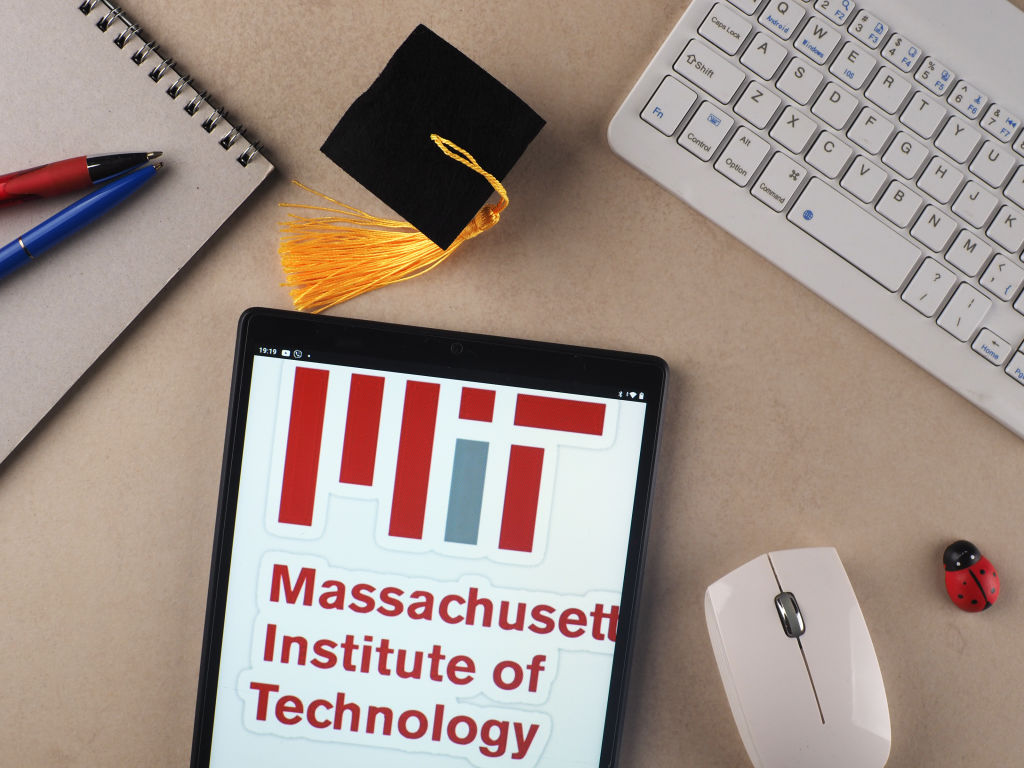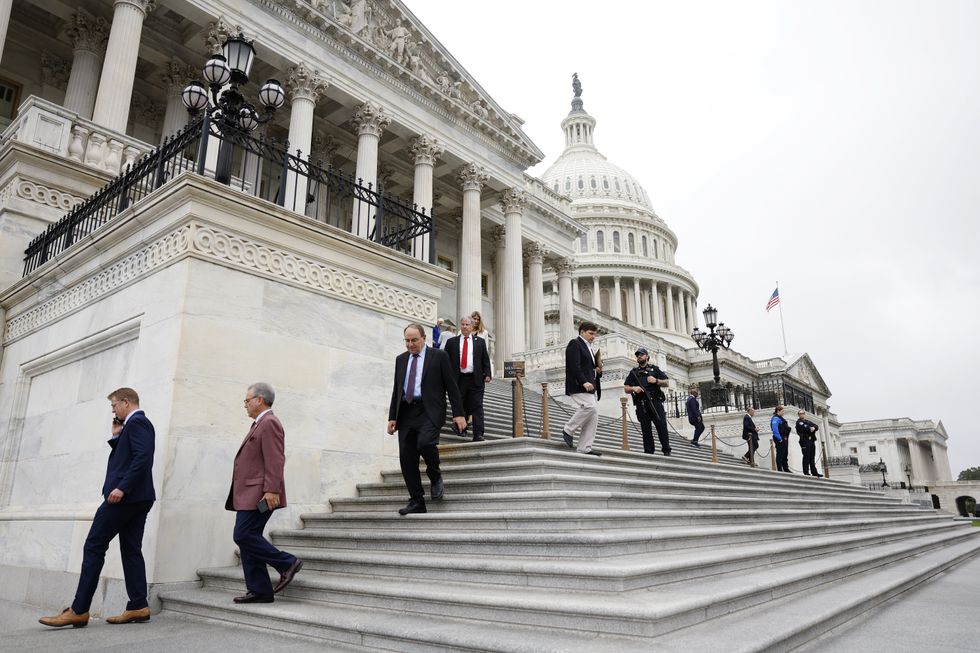MIT’s Share Of Black Students Plummets After Affirmative Action Struck Down
The percentage of black students at the Massachusetts Institute of Technology (MIT) has plummeted in the wake of the end of affirmative action. The incoming freshman class this fall is only 5% black, down from an average of 13% in recent years, MIT said Wednesday. Hispanic students are also down to 11% from 15%, the ...

The percentage of black students at the Massachusetts Institute of Technology (MIT) has plummeted in the wake of the end of affirmative action.
The incoming freshman class this fall is only 5% black, down from an average of 13% in recent years, MIT said Wednesday.
Hispanic students are also down to 11% from 15%, the school said.
Previously, about 25% of MIT undergraduates were black, Hispanic, Native American, or Pacific Islander, but that number has dropped to 16% for the incoming class.
Meanwhile, Asian American students are up to 47% from 41%, making up nearly half of the entire class of 2028. The percentage of white students stayed about the same at 37%.
Last summer, the Supreme Court declared considering race in admissions unconstitutional in a landmark ruling that targeted the affirmative action admissions programs at Harvard and the University of North Carolina.
Students for Fair Admissions, the group that sued over affirmative action, pointed to the high test scores of Asian-American and white applicants who were rejected.
MIT’s dean of admissions, Stu Schmill, said Wednesday that the school has expanded its recruitment and financial aid initiative to “further improve access to the Institute for students from all backgrounds.”
“Despite these initiatives, and as we expected, there was still a decline in the proportion of enrolling first-years from historically under-represented racial and ethnic backgrounds,” the dean said.
“If MIT cannot find a way to continue to draw on the full range of human talent and experience in the future, it may threaten the qualitative strength of the MIT education, both by a relative reduction in the educational benefits of diversity and by making our community less attractive to the best students from all backgrounds,” Schmill wrote in a blog post.
A majority of Americans, 62%, oppose race-based college admissions, according to a Reuters poll last year.
Around the time of the court’s decision, universities scrambled to find other ways to diversify their student bodies.
Some schools moved away from using standardized test scores in the admissions process as the argument that standardized testing harms minority students picked up steam. Previously, a low SAT or ACT score meant automatic elimination at most top-tier schools.
Last year, Columbia University became the first Ivy League school to permanently scrap its standardized test requirement, allowing hopeful applicants to skip the dreaded SAT and ACT.
Some schools are also considering requiring more essays for admission to get a better idea of a student’s background, while others plan to recruit students from minority areas or admit more students transferring from community colleges.
Back in 1995, the University of California System Board of Regents banned affirmative action so UC adopted roundabout ways of trying to identify minority students, such as through poor neighborhoods and family income.
Originally Published at Daily Wire, World Net Daily, or The Blaze
What's Your Reaction?
































































































